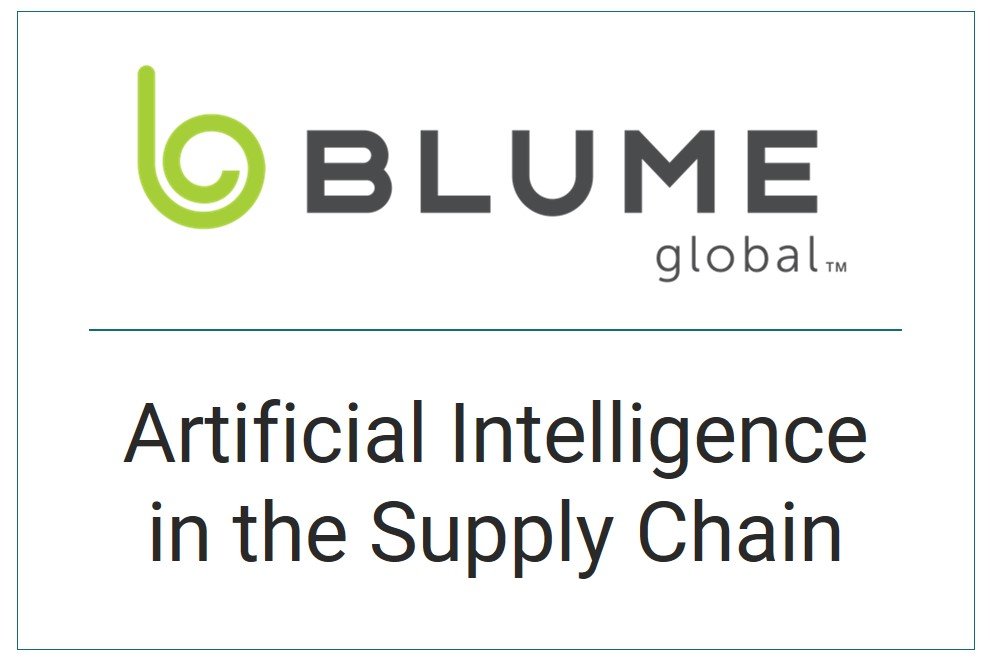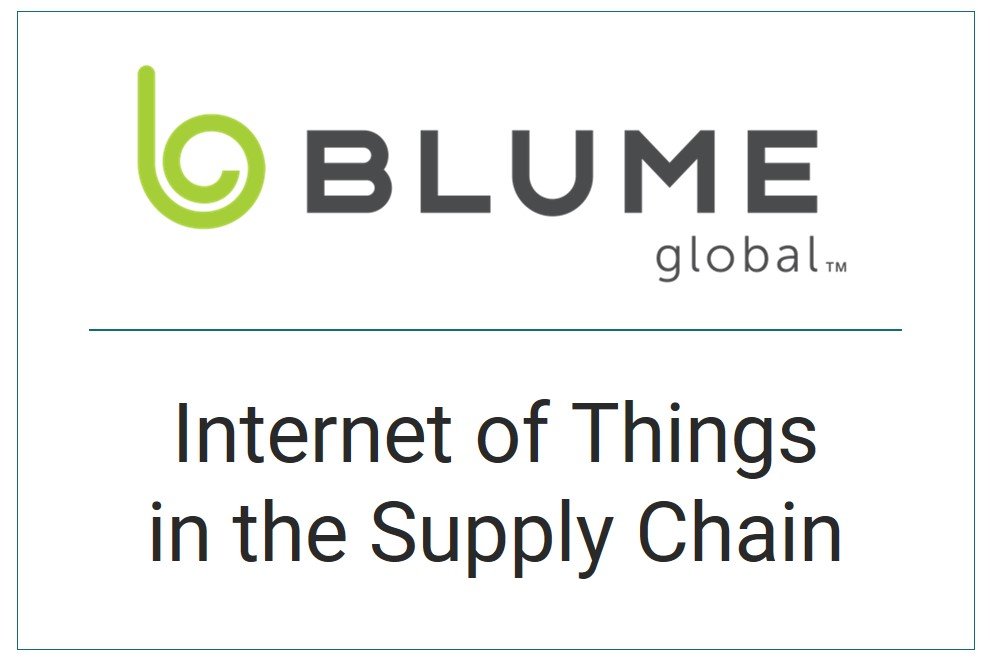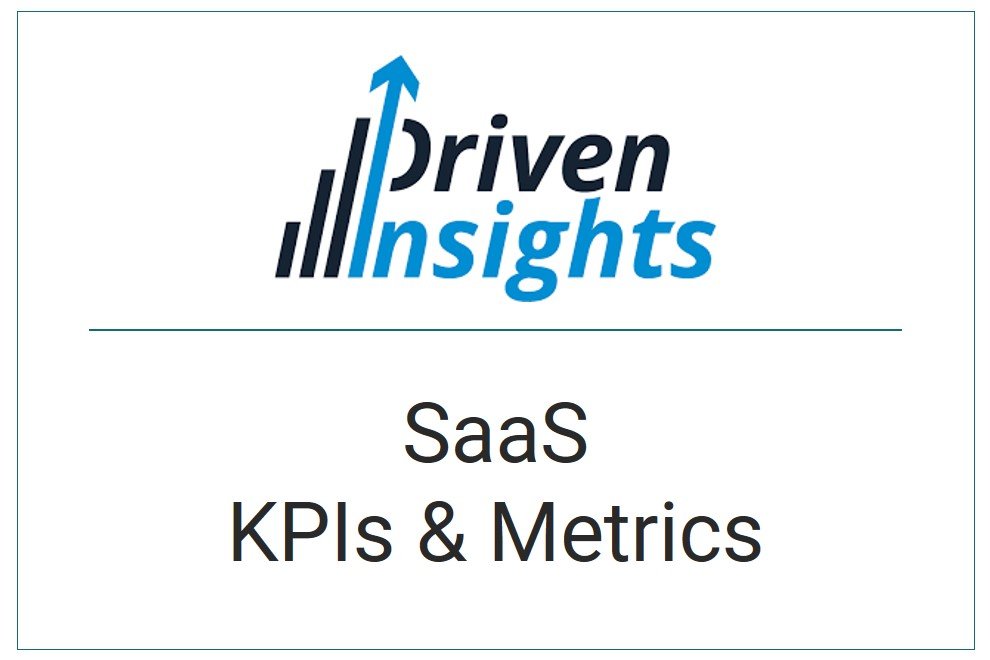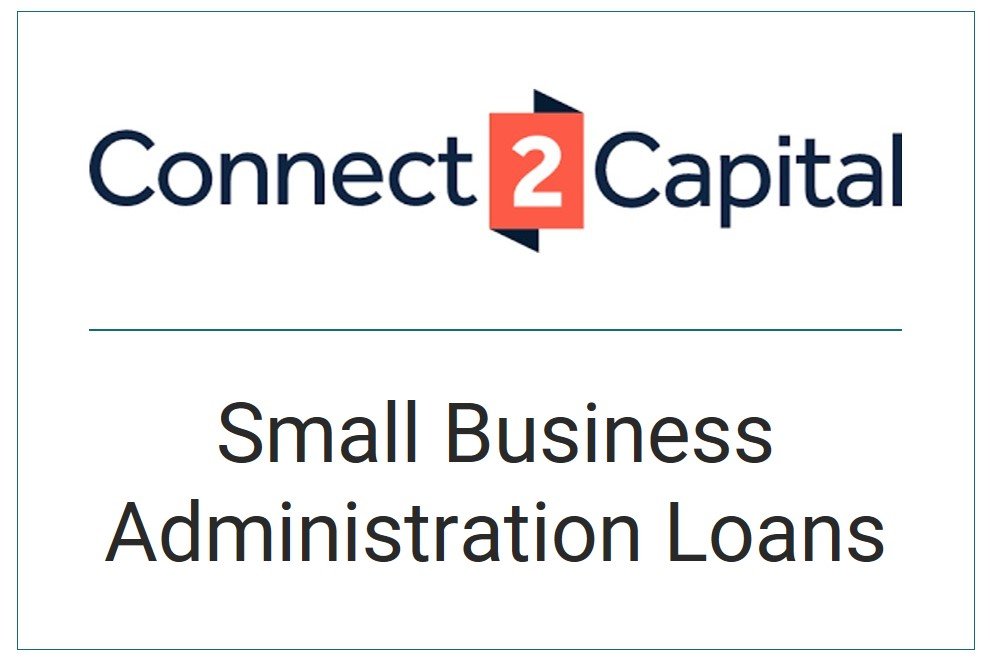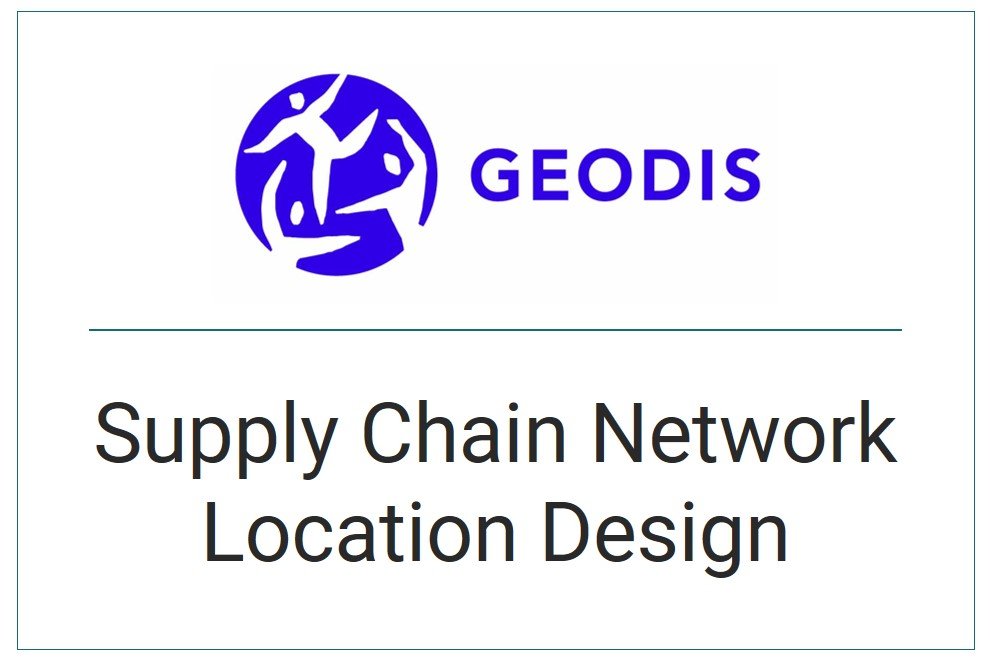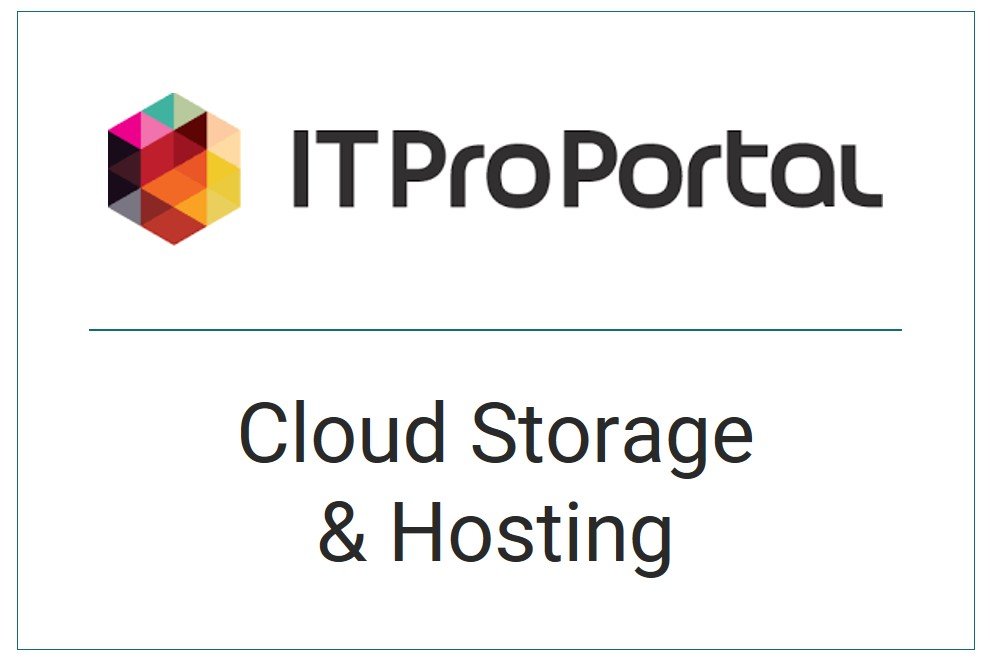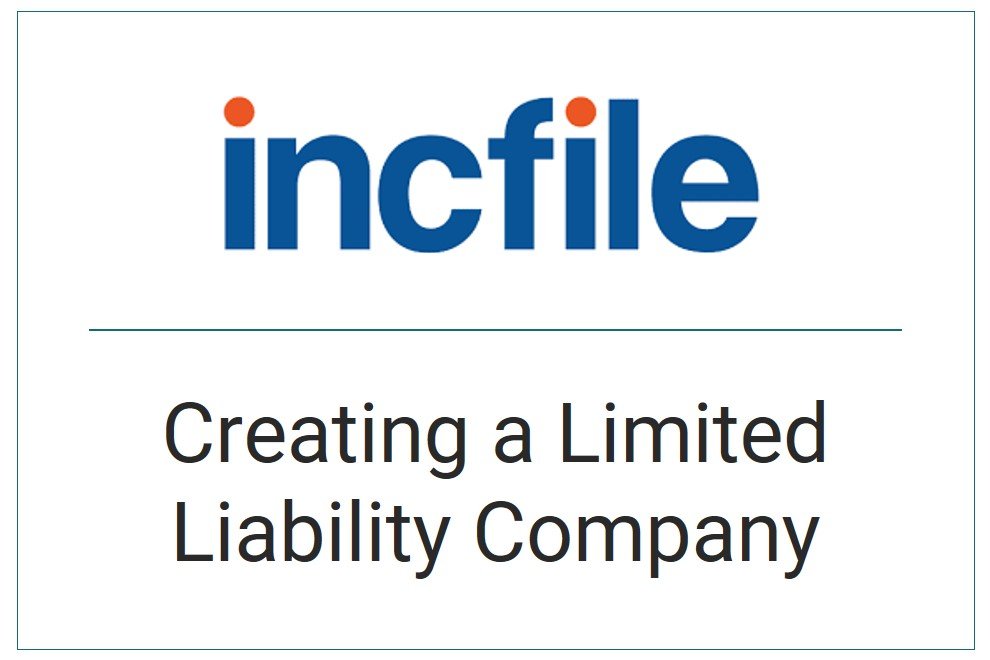Supply Chain Strategies & Trends—Detailed Blog Samples
This is a collection of six articles that I wrote for my client, Topo, and that are published on their blog. These writing portfolio samples are based on researching key strategies and trends for managing the supply chain, particularly as circumstances change due to COVID or other major disruptions. I wrote these articles for businesses that want to:
Manage supply chains in rapidly changing circumstances.
Understand how different parts of the supply chain fit together.
Clarify how quality and compliance influence manufacturing and logistics.
Achieve excellence throughout the supply chain.
You will find links to each published sample below.
Intent of this writing on supply chain trends and strategies
The overall intent of this work is to provide organic, inbound content marketing through Topo publishing my samples, increasing SEO and the likelihood of their website appearing in search.
The other aims of this writing are to:
Break down and provide helpful explanations of complex supply chain and logistics topics.
Decrease the hassle and friction of managing the supply chain.
Demonstrate thought leadership from Topo, particularly in the area of supply chain strategies.
Share insight and expertise around logistics and supply chain management.
Drive better business intelligence and decision-making.
Mitigate risks associated with disruptive circumstances and black swan events that impact the supply chain.
Increase transparency and information sharing for logistics data.
Links to my published writing on supply chain strategies and trends
Here are links to my published samples.
Why the Supply Chain is More than Just Manufacturing and Logistics
“Ask many people what “the supply chain” is and they’ll probably tell you that it’s about making products and getting them to the customer. It’s certainly true that manufacturing (making goods) and logistics (moving those goods) are the most visible parts of the supply chain, so it’s understandable that people think that way. But, if you look a little deeper, it’s fascinating to learn just how much more there is to supply chain management.
From early planning, through design and procurement, to point of sale, the supply chain is a rich, interdependent, deeply connected ecosystem that spans companies and continents. We’ll dig into how everything works together, explain the main components of the supply chain, and show why it’s so critical to everybody’s life and work.”
Five Strategies for Supply Chain Excellence
“The challenges of running a global supply chain have never been greater. The coronavirus pandemic has shown how interdependent and global we’ve become, while laws, regulations, politics, and economics create a unique, ever-changing environment. Supply chain stakeholders have reacted to these uncertainties quickly, and are putting enormous resources into managing risks and solving problems.”
Supply Chain Quality and Compliance: Why It Matters
“Supply chains are incredibly complex, interconnected networks that span multiple continents, systems, and organizations. A common framework is essential, with quality and compliance management being central to agreeing standards across multiple areas. But, understanding and implementing these standards is challenging—stakeholders have different incentives, regulations change between countries, and quality definitions can vary.”
Managing the Digital Supply Chain in a COVID-19 World
“COVID-19 has forever changed how we source, manufacture, transport, and distribute products. Employee safety and risk mitigation are primary drivers, while supply chain stakeholders are redesigning operations for better responsiveness and resilience. Digital transformation and supply chain virtualization was important before the pandemic, but that’s being exacerbated by the virus. COVID-19 is forcing suppliers, manufacturers, logistics providers, retailers, and distributors to adapt and optimize even faster.”
5 Trends to Disrupt Your Supply Chain in 2022 – Are You Ready?
“2021 was a rough year for the supply chain, and 2022 will continue to see significant instability, causing ongoing disruptions and shortages. We’re still feeling the impact of restarting shuttered facilities, incorrectly located supply chain transport assets, and increasing consumer demand. This is putting a lot of pressure on global supply chain networks already impacted by the pandemic.
It’s important to get ahead of these ongoing supply chain trends and prepare for the new ones coming over the horizon. We’ll take a look at what to expect in 2022—from disruptive technologies and automation to sustainability and how to adapt to a rapidly changing world.”
The Metaverse of the Supply Chain
“The metaverse is upon us. Facebook’s name change to “Meta,” Nike’s and Gucci’s engagement to build a digital ecosystem on Roblox, the rapid shift to online apps, big tech investments, and our always-connected devices are blurring the lines between online and off. While the metaverse is still in its infancy, it has enormous potential.
One area where it could make a big difference is in the supply chain—providing easier ways to connect buyers and suppliers, creating virtual sourcing opportunities, visualizing complex data, and solving for quality control and audits.”
More information about these portfolio writing samples
Here’s some more details on these pieces.
Learn about my client, Topo
I created these samples for my client, Topo. Find out more about them here.
Freelance writing services for these portfolio samples
I provided this content writing as part of the following services:
Writing expertise and topics for these portfolio samples
This content writing fell into the following topic areas:
Type of writing
My writing for this content was ghostwritten.
Similar portfolio samples
Discover more of my writing portfolio samples in related areas.
All logos and trademarks are used under fair-use guidelines. In all cases, my clients have paid for my work and they have complete ownership and copyright of the writing samples published by them and linked from this website, and no ownership is claimed or implied by me. Links to samples are included as per my freelance writing contract with clients. Linkage from this website is intended to provide my clients with greater SEO ranking through backlinks, and to demonstrate their expertise through my work. All excerpts from samples are placed inside block quote elements to prevent any possible duplicate content penalties. Any statistics mentioned are sourced from SEM Rush in mid-2022. For more information, please see my disclaimer.
